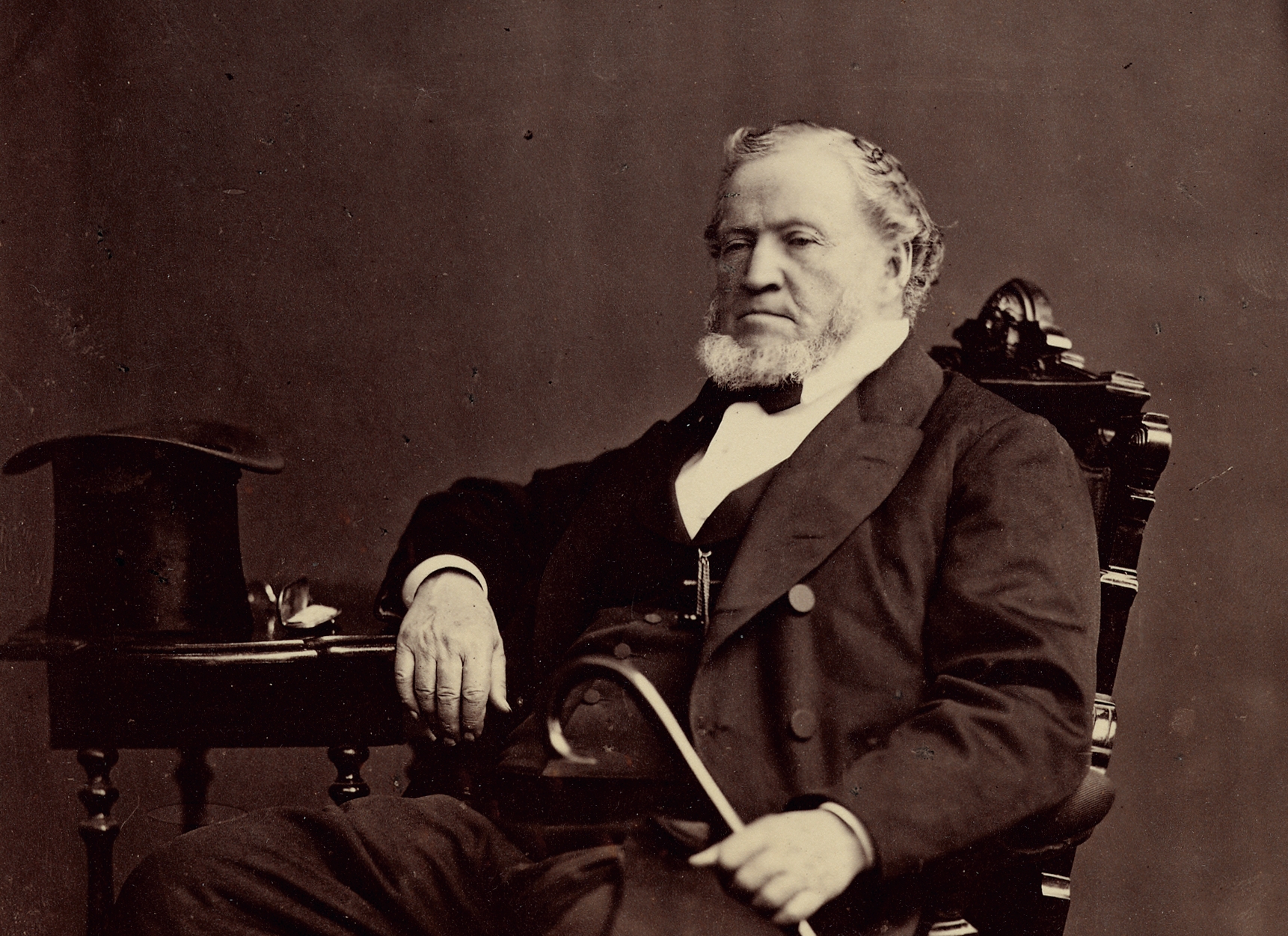
Brigham Young, the second prophet of The Church of Jesus Christ of Latter-day Saints, is a historical lightning rod. Critics of the Church, including those behind the often-referenced Mormon CES Letter, frequently highlight his most controversial teachings to challenge the Church’s truth claims. To many, these points raise legitimate concerns: Can a prophet say problematic things and still be a prophet? If Brigham Young was wrong, how can members trust anything else Church leaders say?
Some of the CES letter’s claims against Brigham Young include the priesthood ban, the Adam-God theory, and blood atonement. Here is the context explaining what Latter-day Saints typically think of these teachings and why they choose to listen to prophets despite their human fallibility.
Brigham Young and the Priesthood Ban
From roughly the mid-1800s until 1978, the Church did not ordain men of Black African descent to the priesthood or allow Black members to participate in temple ceremonies. This past policy has been a deep pain point for many members of the Church, and has led to justified criticism. But do Latter-day Saints really believe God wanted this?
During Church founder Joseph Smith’s life, several Black men, including Elijah Abel, were ordained to the priesthood. Brigham Young himself initially acknowledged Black priesthood holders favorably, but in 1849 he privately shifted his position, invoking then-popular beliefs about race and divine cursing. Racist ideas such as Black people being descendants of Cain were not unique to Latter-day Saints. They were unfortunately common in many religious circles in 19th-century America.
Despite what criticisms like those in the CES Letter Mormon say, the priesthood ban was never presented as a revelation from God. In fact, Church leadership struggled with the issue internally for over a century. By 1954, President David O. McKay admitted the ban was a policy, not doctrine, and that it would change in the future.
When President Spencer W. Kimball finally received and confirmed the revelation in 1978 to end the ban, it was only after years of personal prayer, efforts to unify the apostles, and soul-searching. Today, many Latter-day Saints believe that the ban likely originated from Brigham Young’s own beliefs, not divine command. The Church now officially disavows all past racist teachings or theories.
The Adam-God Theory: Brigham’s Most Puzzling Teaching
Another critique the CES Letter holds against Brigham Young is his occasional teaching that Adam was God the Father in mortal form. This “Adam-God theory” understandably baffles and troubles members and critics alike.
While it’s true that Brigham Young did teach this on several occasions, he also contradicted himself, sometimes teaching that Adam and God were separate beings. Prominent Latter-day Saint scholars like Stephen Robinson and Bruce R. McConkie have described the teaching as an “anomaly” or a theological dead-end. No clear, consistent doctrine ever emerged, and the scriptures of the Church never support the theory. More importantly, the theory was never canonized, never accepted by all apostles (Orson Pratt, for one, openly rejected it), and was eventually denounced by President Spencer W. Kimball.
In light of this, the CES Letter LDS challenges the idea that prophets should be trusted at all if their teachings can be incorrect. Latter-Day Saint thought typically says that if a principle taught by a prophet is true, it should line up with the doctrine taught in the scriptures and be supported by other prophetic authorities in the Church. With the Adam-God theory for instance, Brigham Young may have been sincerely exploring theological ideas, but he was not infallible. His teachings don’t override scripture or modern revelation.
Personal revelation is also very important to members of the Church. They are taught to pray about teachings of the prophets and decide on their personal convictions for themselves, not follow blindly.
Blood Atonement: Fiery Words, Not Church Practice
Perhaps no teaching from Brigham Young is more sensationalized by critics than the so-called “blood atonement” doctrine: the idea that for certain severe sins such as murder, a person would need to have their own blood shed to receive forgiveness. The Mormon CES Letter discusses this.
While Brigham did talk about Blood Atonement in a few sermons—five out of over 390 in the Journal of Discourses—there are few key facts that make the context more clear.
Brigham Young came from a protestant background at a time when fiery preaching styles were common in America. It was not unusual for him to use extreme language as a means of getting people’s attention. This teaching was likely just that—fiery language. No evidence has ever surfaced that Brigham Young or the Church ordered an actual “blood atonement.” These teachings were never Church policy, never institutionalized, and were understood even at the time as symbolic or extreme.
The Church today fully denounces the idea. It’s believed that the atonement of Jesus Christ is sufficient for everyone who sincerely repents.
So Can a Prophet Be Wrong?
The conclusion of these criticisms in the CES Letter PDF is this: If Brigham Young taught incorrect or disturbing things, how can Mormons trust prophets at all?
Latter-day Saints do not believe prophets are perfect. They are human beings who grow little by little, just like the rest of us. Despite what the CES Letters says, Latter-day Saints aren’t encouraged to follow anyone blindly. Even Brigham Young himself said, “I am more afraid that this people have so much confidence in their leaders that they will not inquire for themselves of God…”
Prophets may sometimes express personal opinions, biases, or even errors. The Church only receives, preserves, and canonizes revelation through unanimous agreement among the First Presidency and Twelve Apostles, in line with scripture (see Doctrine & Covenants 107:27). That process wasn’t fully established in Brigham’s day, but it is now.
As past Church President Joseph Fielding Smith said: “If what has been said is in conflict with what the Lord has revealed, we can set it aside.”
The CES Letter and Soul-Searching
The Mormon CES Letter presents Brigham Young’s more controversial statements as if they define the entire Church, but that approach ignores context, evolution, and correction.
Brigham Young taught some things that were indefensible. But Latter-day Saints don’t build their faith on Brigham Young. They build it on Jesus Christ, the scriptures, and the continuing, correcting guidance of revelation from God. Because mortal leaders are fallible, this only reminds Latter-day Saints of the importance of Christ, the only infallible source.

By Todd Noall, Source Expert
Todd Noall is an author and religious scholar at Mormonism Explained with a focus on the history and theology of religion.

Fact Checked by Mr. Kevin Prince, Source Expert
Kevin Prince is a religious scholar and host of the Gospel Learning Youtube channel. His channel has garnered over 41,000 subscribers and accumulated over 4.5 million views. Mr. Prince also created the Gospel Learning App, a reliable platform where individuals seeking truth can access trustworthy answers to religious questions from top educators worldwide.
About Mormonism Explained
Mormonism Explained is a resource that was designed to provide objective and factual information about Mormonism, its history, doctrines, and policies. Our team of researchers consults experts and primary sources to present factual information on a variety of topics relevant to the Mormon Church.
Tags
